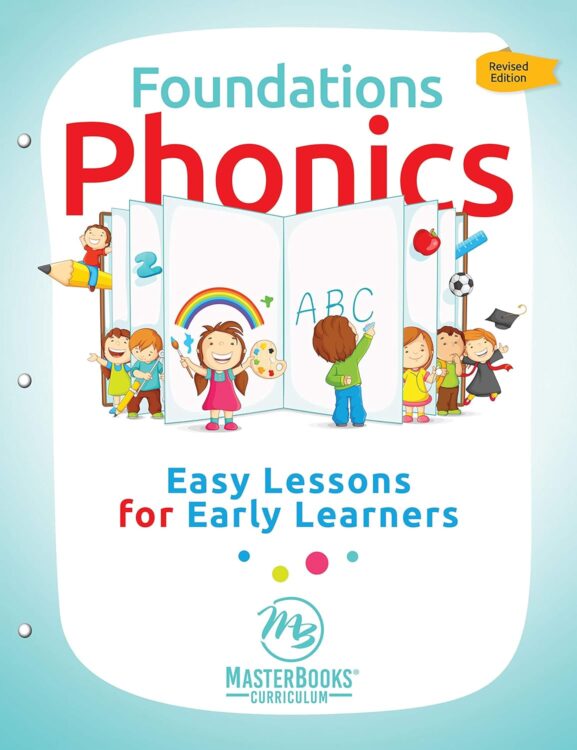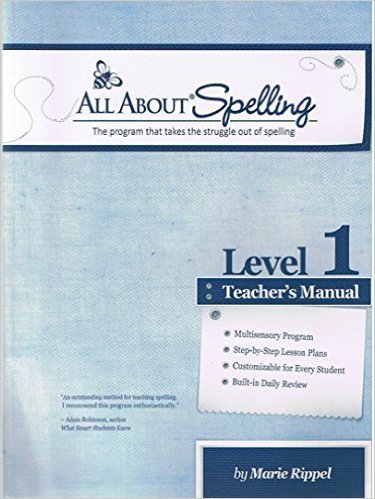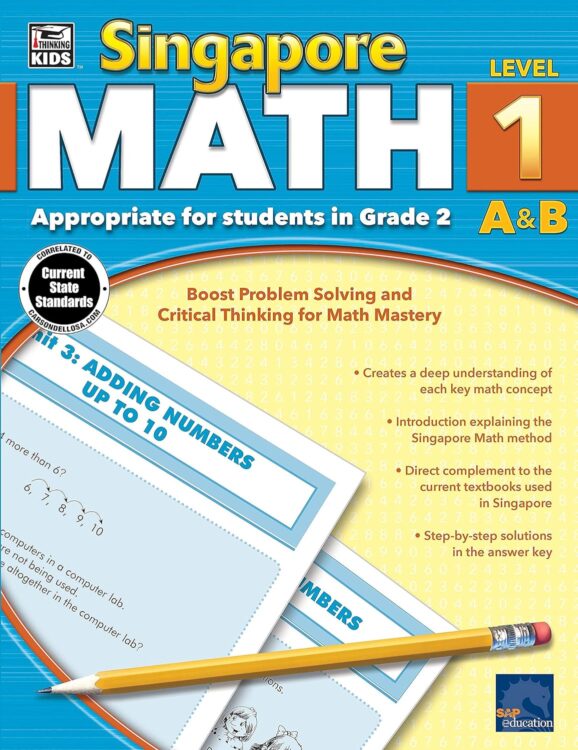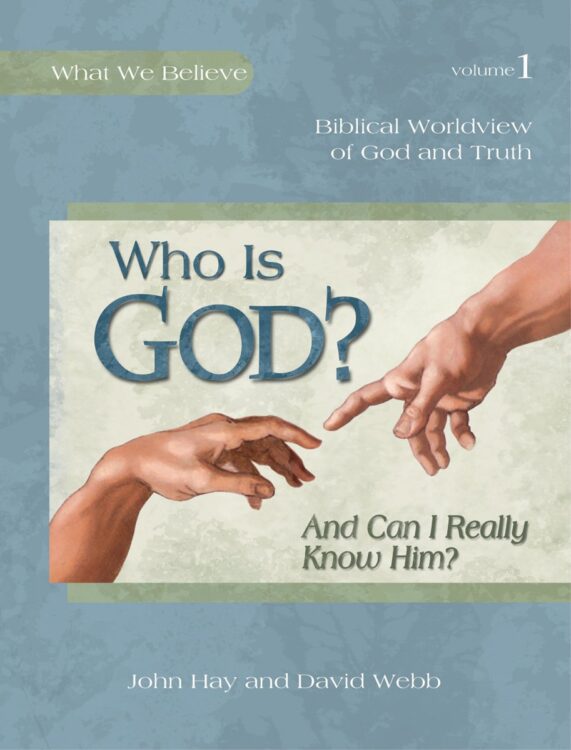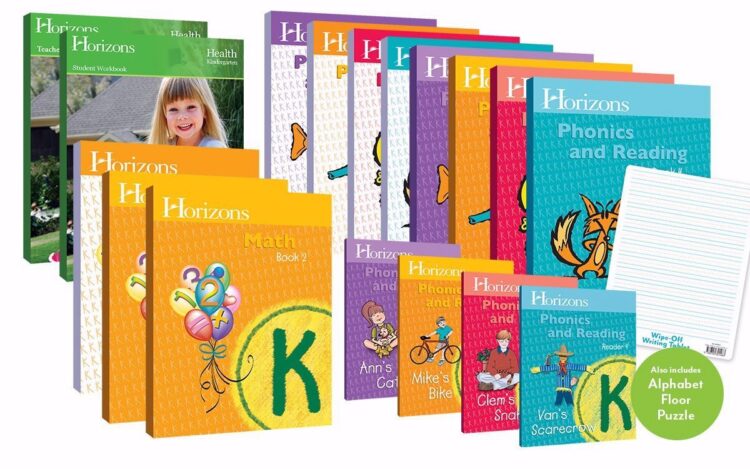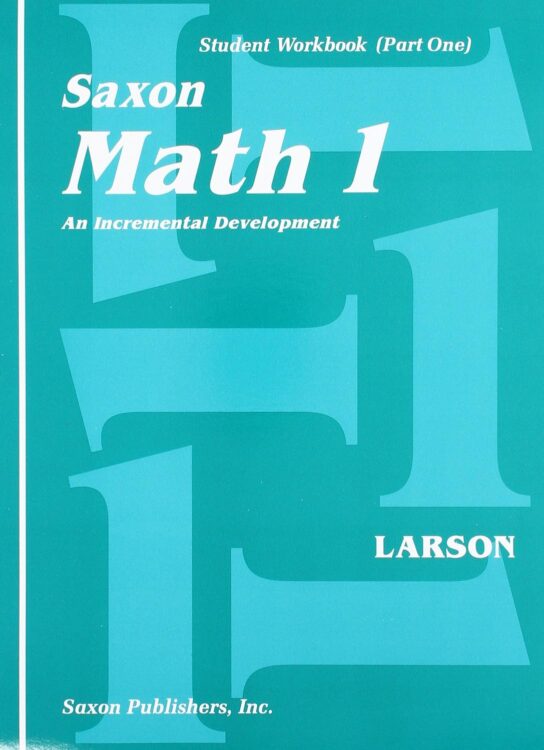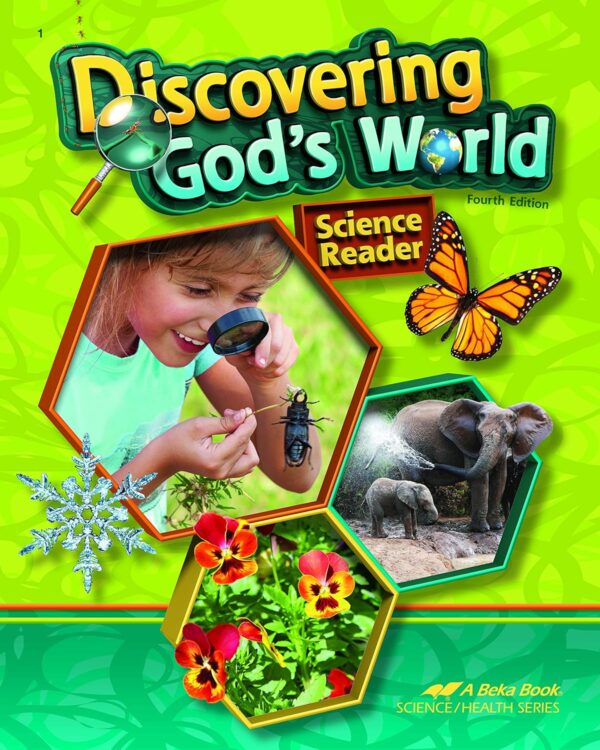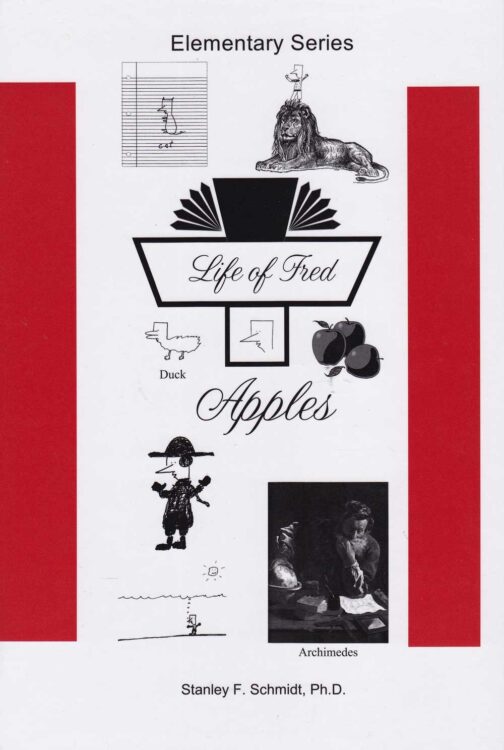Choosing a curriculum is a challenge, even for seasoned homeschoolers.
The purpose of this blog series is to assist parents new to home education gain an understanding of how to determine which style, method, and curriculum is best suited to their lifestyle and personality.
In today’s blog we take a brief look at two approaches used by curricular resources, mastery and spiral learning.
Though each person and situation is unique, it is believed that children who are easily overwhelmed may do best with the spiral approach while those who are eager to know everything about a topic will likely excel using the mastery approach.
What is the Mastery Approach?
Mastery learning (also called sequential or skills-based learning) offers a linear approach to education. Using this technique students gain complete comprehension of a concept before progressing further.
The mastery approach allows kids to progress at their own pace, taking as much time as needed to learn a concept. Pre and post-tests are used to evaluate conceptual knowledge and learning. This approach is less repetitive and allows for an in-depth study of topics.
Children who are easily bored or those who thrive on change may not enjoy this method.
Examples of Mastery-based Curriculum:
- Accelerated Christian Academy (ACE)
- Alpha Omega Press LifePac (workbooks)
- Alpha Omega Press Monach (online)
- Ambleside Online (Charlotte Mason)
- Apologia
- Compass Classroom (Classical & Charlotte Mason)
- Masterbooks (Charlotte Mason inspired)
- Singapore Math
TITLES AVAILABLE ON AMAZON
As an Affiliate, I may earn compensation for purchases made using the links below.
What is the Spiral Approach?
The spiral approach is based on the idea that repeated exposure to concepts helps build long-term memory retention and recall. Complex concepts are broken down into smaller chunks and taught to students over time. Each time the subject is approached the previously learned skills are reinforced, while additional knowledge is added at an age-appropriate level. This cyclical process continues until the concept is mastered.
Spiral curriculum places an emphasis on review and reinforcement. Educational techniques beneficial to this model include memorization of facts, lots of practice (which some may find tedious or boring), continual review, group work, problem solving activities, and visual aids.
This approach keeps learning interesting by introducing new content on a regular basis.
The spiral model was promoted by psychologist Jerome Bruner (1960). It is considered by many to be the most effective means of educating, as it regularly builds on foundational knowledge.
Examples of Spiral-based Curriculum:
- AOP Horizons Curriculum
- Abeka Teaching Textbooks
- Bob Jones University
- Saxon Math
- Simply Good and Beautiful Math
- Switched on Schoolhouse
- Teaching Textbooks

